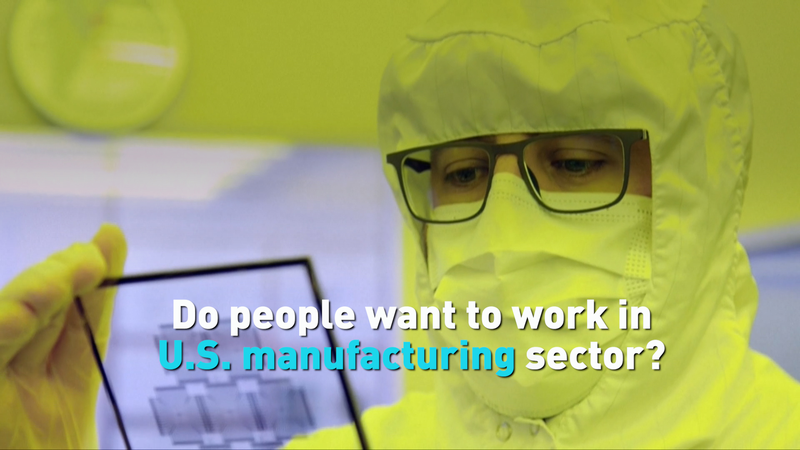The idea of a U.S. manufacturing golden age still captures the imagination—think cars, clothes, and computers made right here at home! But even before recent trade battles kicked off, there were around half a million unfulfilled manufacturing job openings. 🤔
Donald Trump’s on-again, off-again tariffs were aimed at reviving a time when iconic U.S. consumer brands were produced domestically. The strategy was to make local production more attractive by adjusting import costs. However, the big question remains: do people really want to work in the U.S. manufacturing sector?
Many young professionals today are drawn to tech, digital innovation, and flexible work cultures that promise creativity and growth. Traditional manufacturing, often seen as labor-intensive and less dynamic, now faces a challenge in appealing to this tech-savvy generation. Could it be that while policy shifts boost production on paper, the job market still craves roles that match a modern, fast-paced lifestyle?
Technological advances and automation are reshaping the industry into a more modern, tech-driven arena. Yet, unless the sector reinvents itself to resonate with today’s workforce, the imbalance of job openings might persist.
The debate is on: balancing the nostalgic vision of a bygone manufacturing era with the demands of a digitally-driven job market is no easy feat. Only time will tell if U.S. manufacturing can evolve to capture the interest of a new generation. 🚀
Reference(s):
cgtn.com




